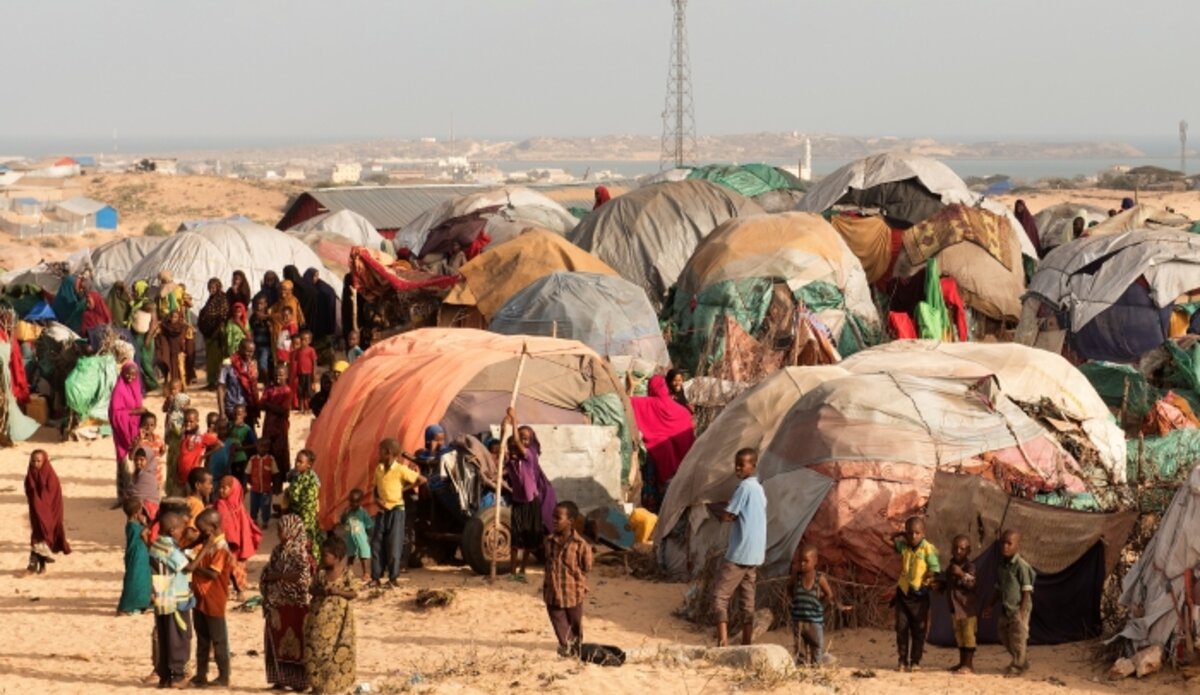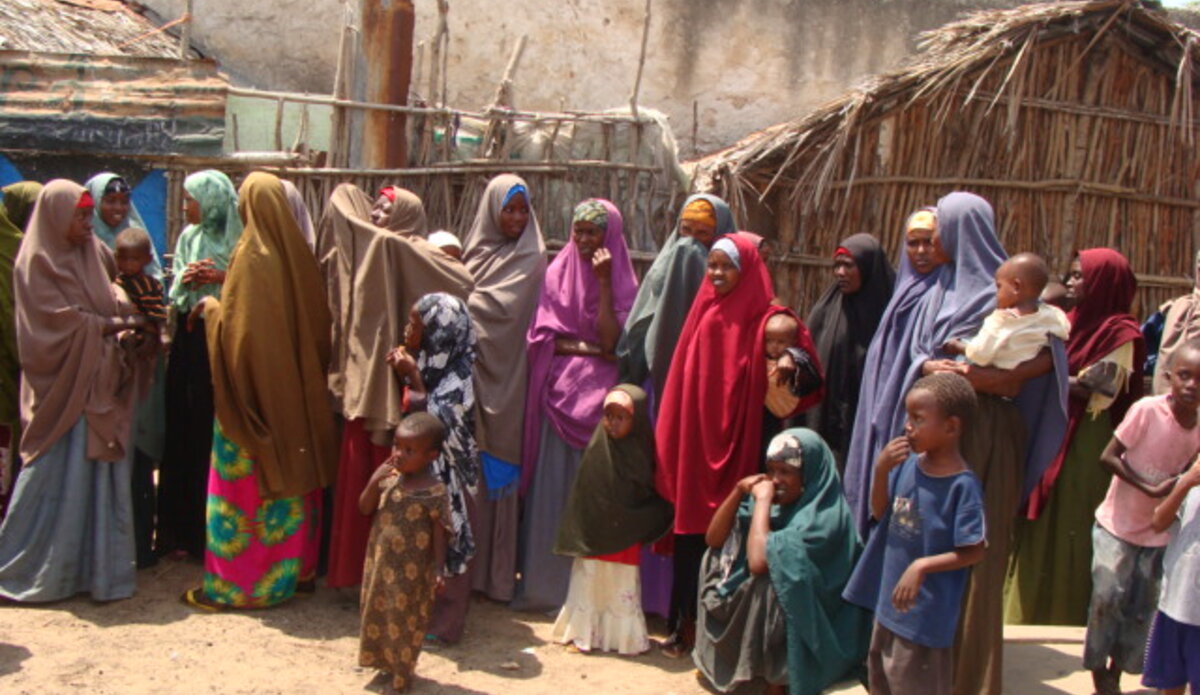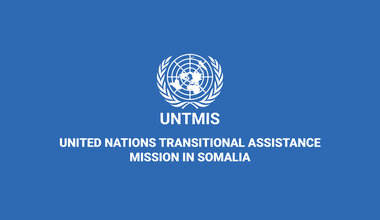Somalia’s COVID-19 response: Internally displaced people especially at risk
Kismayo – Aisha Maalim returned to Kismayo in southern Somalia in March 2019, after having spent many years living in the Dadaab refugee camps located over the border in Kenya.
Like many, she hoped to return to a better life as Somalia rebuilds after decades of conflict and instability. The impact of COVID-19 on the country has cast a dark cloud over that.
“I lived in Daadab for 15 years, and since returning to Kismayo, I had never before faced the kind of uncertainties I face now. For example, community health officials are advising us to wash our hands because of the virus, but there is no running water in this Internally Displaced People (IDP) camp,” says Ms. Maalim, who now resides at Dalhiis camp, on the outskirts of Kismayo.
Ms. Maalim is not alone. She is one of the 85,067 Somalis assisted by the United Nations and partners to voluntarily return to Somalia between December 2014 and December 2019.
In Kismayo, the first two positive cases of COVID-19 were recorded on 13 April 2020. One originated in the Kenyan port city of Mombasa, while the second case was registered as a contact. Since then, the number of positive cases has risen to 134, with five deaths recorded as of 30 May.
The UN has raised its concerns about people like Ms. Maalim living in IDP camps.
The Office of the UN High Commissioner for Refugees (UNHCR) has said that there are greater infection risks posed to IDPs living in camps due to the challenges associated with some of these locations. These include poor housing conditions affecting their ability to self-isolate or implement social-distancing, in addition to little access to required water and sanitation facilities as indicated by COVID-19 response guidelines.
“I was worried since I knew that those living in IDP camps will be the most vulnerable to contracting the virus due to the poor sanitation that exists in the camp,” Ms. Maalim says.
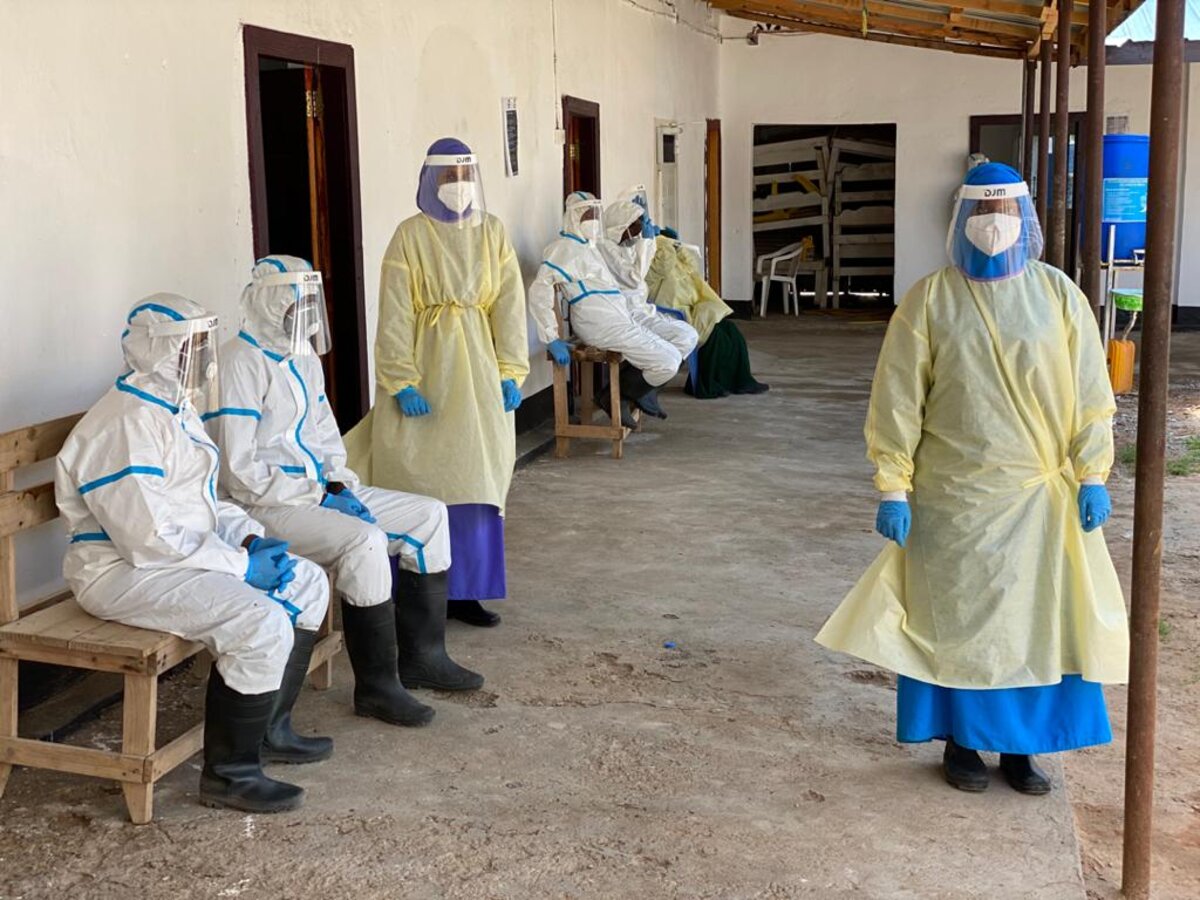
Shared concerns
Ms. Maalim is not alone in her concerns.
On the western side of Kismayo, Maryam Abdullahi, a 60-year-old mother, has spent the past 18 months living in a small, improvised shelter in an informal camp, near Midnimo village camp, after having left Dhagahley, one of the camps that make up the Daadab refugee complex.
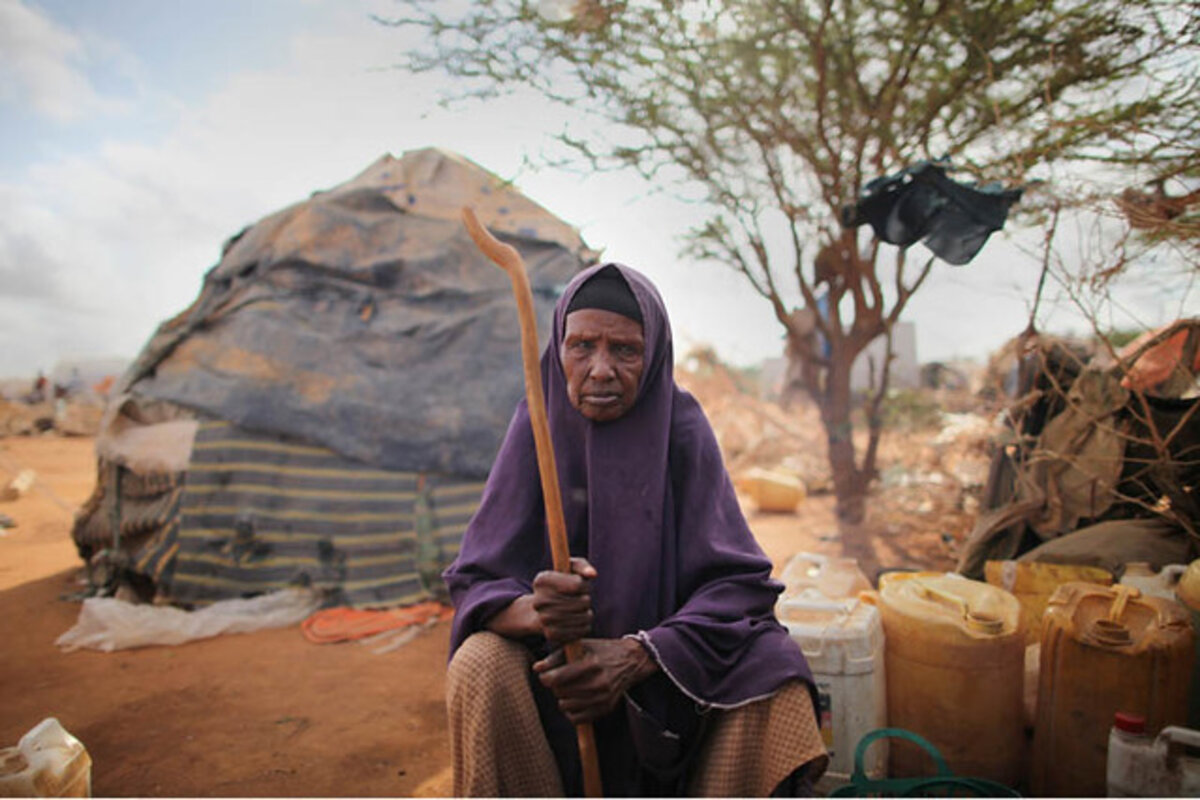
“Our lack of financial resources prevents us from seeking healthcare and buying protection, such as face masks or alcohol-based hand rub,” Ms. Abdullahi says, adding that she spends much of her time praying that the virus does not reach her camp.
“Getting clean water to wash hands is even itself a struggle; 20 litres of clean water is sold at around half a US dollar, and people like me, who do not have formal jobs or a good source of earnings, do not have the luxury to buy water and wash hands, so we often cut back on its usage,” she adds.
With the support of international partners, Somali authorities and partners are continuing to mobilize resources in response to the pandemic, for residents of both the city and the IDP camps.
“We are disturbed by the increasing trend of cases in Kismayo, so far over 130 cases, when compared to the available resources we have in town,” said the head of logistics at the federal Ministry of Health, Abdifatah Ahmed Ali, on a recent visit to Kismayo, during which medical supplies and training were provided to local health facilities.
In his comments at the time, he also said that more supplies were due to arrive in Kismayo and the towns of Gedo, Afmadow, and Dhobley in the coming weeks.
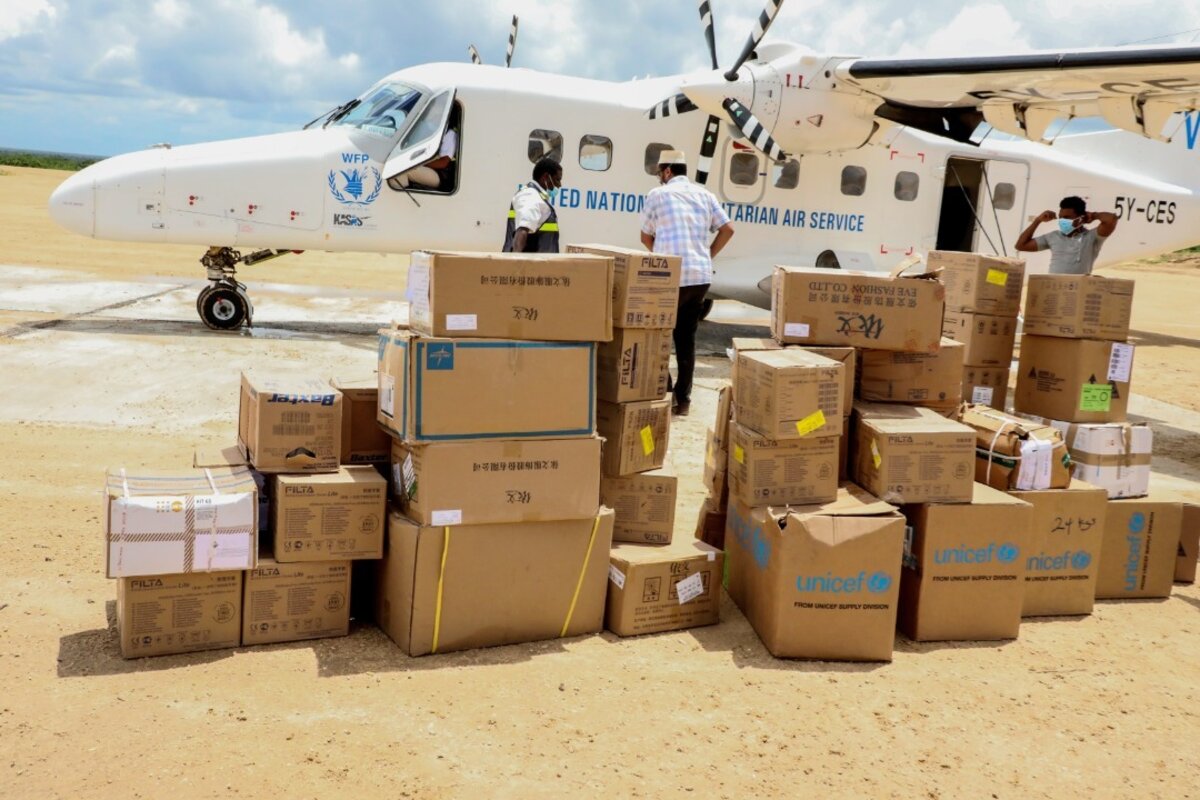
In the meantime, Jubaland government medical staff, such as the District Medical Officer for Kismayo district, Mohamed Sheikh Aden, and his colleagues, continue visiting IDP camps to inform their residents on COVID-19 guidelines and distribute face masks.
“Wear the face masks all the time, and in case you get sick call ‘466’ for you to receive medical advice, and an ambulance to take you to hospital for treatment,” Mr. Aden tells camp residents.
In addition to UNHCR’s concerns for the plight of IDPs, the UN Special Rapporteur on the human rights of internally displaced persons, Cecilia Jimenez-Damary, has highlighted that the situation of displacement might increase the already high vulnerability of older people and people with underlying health conditions to COVID-19.
Displaced people with disabilities or belonging to minority groups or indigenous communities might face even more barriers in accessing essential services and healthcare.
“Governments must ensure that all internally displaced persons have access to water, sanitation, facilities for personal hygiene, adequate housing, and food. They must be informed about disease risks, prevention, and treatment. Those who require medical treatment for COVID-19 must have access to appropriate health care in a timely manner and without discrimination,” Ms. Jimenez-Damary said in a news report published on the webpage of the Office of the UN High Commissioner for Human Rights.
Special rapporteurs work independently of governments and institutions – including the UN’s Human Rights Council, which appoints them – and are responsible for investigating alleged violations perpetrated across the world.
 UN
UN
